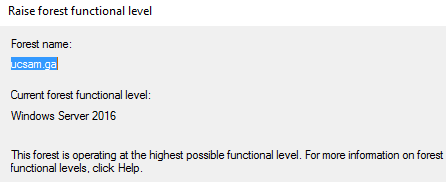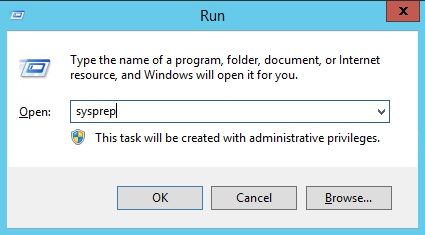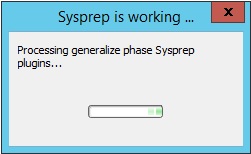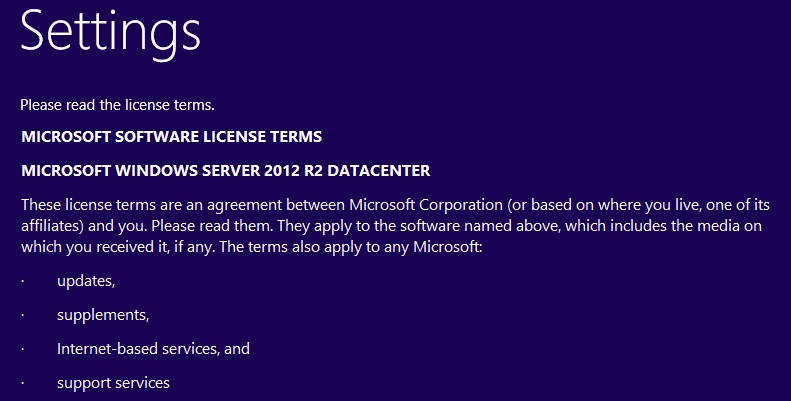I was installing Exchange 2016 CU11 on my lab recently and during initial stages of the installation i.e during the prerequisite analysis phase noticed the below error :
A Setup failure previously occured while installing the PreFileCopy role. Either run setup again for just this role, or remove the role using Control Panel.

The error also had a technet link mentioned here that talks about a WaterMark error and the doc explains little bit about failed Exchange server installations. But it was not that helpful in my case as I had not installed any role yet. Same error was also recorded on the Exchange setup logs and event viewer of the server.
Upon further research I found this article, which talks about almost a similar situation. As it discussed on the WaterMarks registry key and my error already had a technet link on WaterMarks, I decided to give it a try. The registry keys I located on the server was the below:
HKEY_LOCAL_MACHINE\SOFTWARE\Microsoft\ExchangeServer\v15\PreFileCopy

As you can see above, since we are in the initial stages of installation, we do not have any other folders for roles or Exchange components. So now we are supposed to delete both the highlighted registry keys Action and Watermark. These keys actually hold the Exchange server installation information.
After deleting the keys, I restarted my server and initiated the Exchange installation again. Sadly, the same error repeated again. I then went ahead and deleted the entire PreFileCopy folder from registry and rebooted the machine. Tried my luck again, and the installation completed successfully.





































